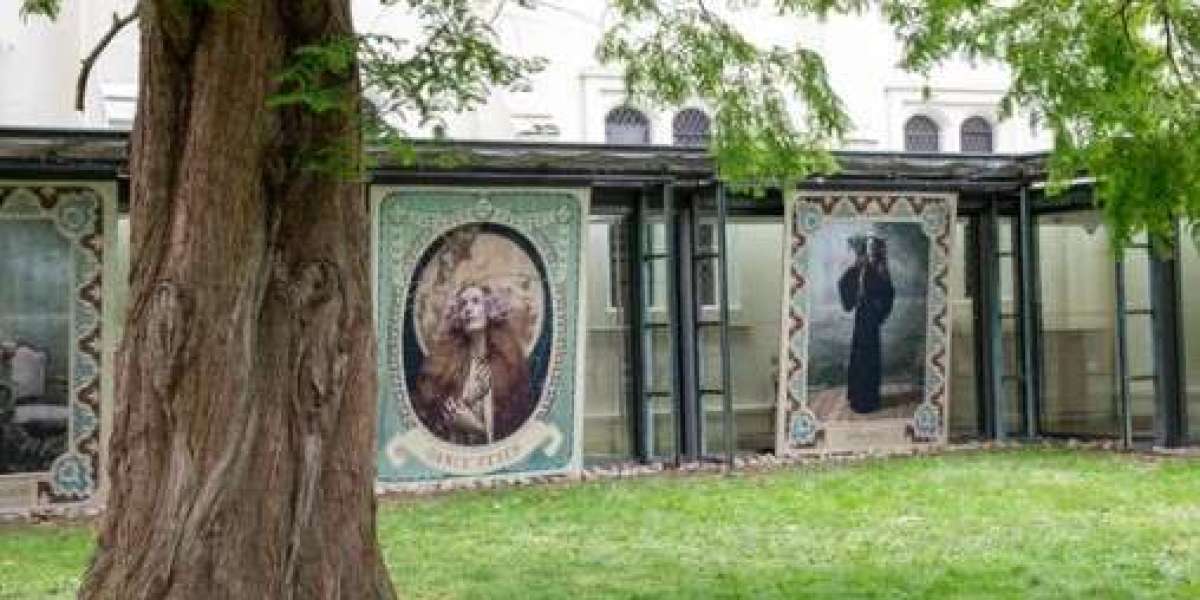Decorating a space isn’t just about color schemes and furniture, it’s about telling a story. One of the most timeless and evocative ways to bring history, texture, and character into your home is by incorporating a medieval tapestry. These intricate works of textile art do more than beautify walls; they invite curiosity, spark conversation, and transform interiors into immersive environments rich with heritage. Whether you lean toward traditional or eclectic decor, medieval tapestries add a touch of warmth and narrative depth that modern pieces rarely match.
The Historical Roots of Medieval Tapestries
Tapestries have their origins in Europe’s Middle Ages, where they were more than decorative—they were functional. Castles and cathedrals used these heavy textiles to insulate stone walls, reduce echoes, and depict religious or historical scenes. Woven on large looms with wool, silk, or gold thread, these tapestries often illustrated biblical stories, battles, royalty, and mythology.
Today, reproductions of these historic pieces allow us to bring their grandeur and craftsmanship into contemporary spaces without losing authenticity or charm.
Visual Storytelling for Modern Interiors
What sets medieval tapestries apart is their ability to tell rich, detailed stories. A single wall hanging can convey a moment from Arthurian legend, a scene from the Crusades, or a pastoral countryside filled with symbolic animals and flowers. This element of narrative introduces more than just beauty—it gives the room depth and meaning.
In today’s world of fast fashion and mass-produced decor, a tapestry is a reminder of intentional artistry. Hanging one in your living room, hallway, or study immediately anchors the space and invites reflection.
Tapestry Wall Hangings as Focal Points
Incorporating tapestry wall hangings is one of the easiest ways to turn a plain wall into a statement feature. Unlike framed paintings, tapestries bring texture, movement, and visual softness to a room. They complement rustic, classical, bohemian, and even minimalist aesthetics depending on the design.
Some tips for styling with tapestry wall art:
- Use a single large piece above a fireplace or bed for maximum impact.
- Group smaller tapestries for an eclectic gallery wall.
- Pair with wood furniture, wrought iron accents, and warm lighting for a cozy medieval ambiance.
These pieces create a sense of place—one that feels lived-in and meaningful rather than sterile or overly curated.
Adding Comfort Through Texture
Tapestries are more than visual; they add a tactile dimension that contributes to the overall warmth of a room. While wall hangings remain the most popular application, the influence of tapestry art extends to textiles used on furniture or soft surfaces.
For instance, a woven blanket inspired by medieval designs can add an elegant touch to a reading nook or living room sofa. With intricate patterns and rich colors, these blankets not only serve a decorative function but also provide warmth and comfort on chilly evenings.
The same can be said for woven throw blankets, which combine heritage-inspired visuals with contemporary utility. Drape them over armchairs, ottomans, or beds to tie together the narrative of your room while keeping your interior cozy and inviting.
Medieval Design With Contemporary Versatility
One of the reasons medieval tapestries have remained relevant is their adaptability. They work well in:
- Classic homes, where they naturally fit within old-world aesthetics
- Modern spaces, where they add a touch of contrast and texture
- Art-focused interiors, where they become conversation starters
Designers today are increasingly blending eras and styles. Pairing a medieval tapestry with sleek furniture or contemporary lighting creates a layered, personalized space that reflects both tradition and taste.
Additionally, these pieces are often lightweight and easy to install, making them a practical choice for renters or those who frequently update their décor.
Choosing the Right Piece for Your Home
When selecting a tapestry, consider:
- Theme: Religious, mythological, floral, or historic
- Color palette: Choose tones that harmonize with your existing furniture and walls
- Size: Make sure the piece fits the intended wall without overwhelming the room
Quality reproductions from established sources maintain the craftsmanship and detailing of original works, ensuring that what you hang is both visually and historically significant.
Final Thoughts
In a world where design trends shift rapidly, the enduring elegance of a medieval tapestry offers both style and substance. Whether you choose to display it as part of your primary decor or accent it with pieces like a woven throw blanket, this form of textile art connects your space to centuries of storytelling, craftsmanship, and culture. By thoughtfully incorporating these elements into your home, you create not just a visually pleasing environment—but one filled with history, warmth, and narrative depth.



